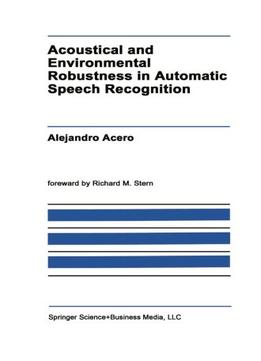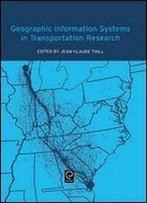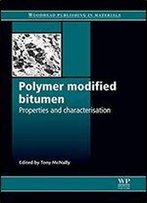
Acoustical And Environmental Robustness In Automatic Speech Recognition
by A. Acero /
2013 / English / PDF
14.2 MB Download
The need for automatic speech recognition systems to be robust with respect to changes in their acoustical environment has become more widely appreciated in recent years, as more systems are finding their way into practical applications. Although the issue of environmental robustness has received only a small fraction of the attention devoted to speaker independence, even speech recognition systems that are designed to be speaker independent frequently perform very poorly when they are tested using a different type of microphone or acoustical environment from the one with which they were trained. The use of microphones other than a "close talking" headset also tends to severely degrade speech recognition -performance. Even in relatively quiet office environments, speech is degraded by additive noise from fans, slamming doors, and other conversations, as well as by the effects of unknown linear filtering arising reverberation from surface reflections in a room, or spectral shaping by microphones or the vocal tracts of individual speakers. Speech-recognition systems designed for long-distance telephone lines, or applications deployed in more adverse acoustical environments such as motor vehicles, factory floors, oroutdoors demand far greaterdegrees ofenvironmental robustness. There are several different ways of building acoustical robustness into speech recognition systems. Arrays of microphones can be used to develop a directionally-sensitive system that resists intelference from competing talkers and other noise sources that are spatially separated from the source of the desired speech signal.











